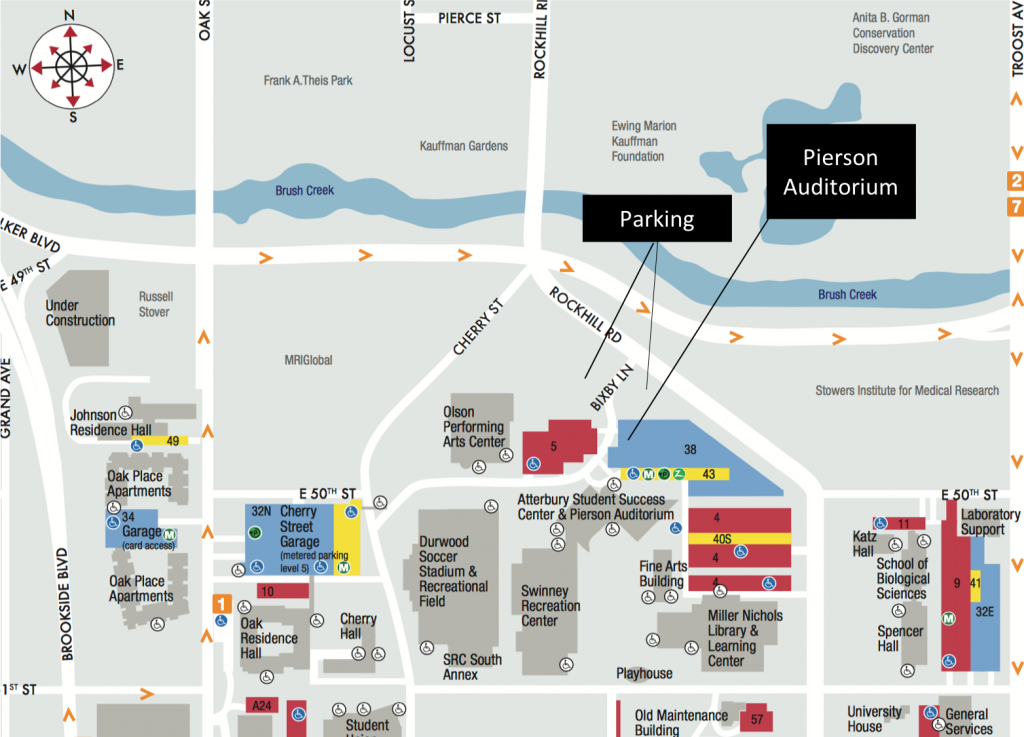


However, it will typically blow out and be significantly under reported. Wind driven snow: Snow will accumulate briefly into the catch of the rain gauge top. Here is how the gauges typically perform during each event:

However, when winds increase or when mixed precipitation occurs, performance significantly declines. During snow events with light wind and that usually melt in the next day or so, these gauges will typically perform well. Rain gauges on the Kansas Mesonet mainly focus on rainfall and don’t effectively capture all snow and other winter precipitation (Figure 5). Mesonet data, both hourly and daily are used to match this National Weather Service data. Beyond seven day, we utilize data from 0600 (start date) - 0600 CST (ending date) since hourly data isn’t available. For Yesterday’s, Two Day and Seven Day precipitation, a combination of daily and hourly are utilized to provide proper ending time of midnight local time. Daily data is ingested each day at 0600 CST and is incorporated into the larger time periods beyond the last few hours. The data from the National Weather Service provides hourly data through the previous day - this is utilized in the precipitation since midnight and past 24 hours. Quantitative Precipitation Estimate data from the National Weather Service’s Advanced Hydrologic Prediction Service (Source: ). You can find more information about this data source here:. The first 24 hours are often preliminary and can occasionally change the next day as more data/confidence is displayed in estimates. This data set utilizes a multisensor approach to estimate precipitation including radar, satellite, and rain gauge data. We utilize the National Weather Service’s Quantitative Precipitation Estimates (Figure 4) to help fill in the gaps between our stations and to paint the bigger picture. While there are many Kansas Mesonet stations across the state, resolution is still too coarse to build an interpolated map with our observations alone. Altershield and rain gauge oriented in proximity to the Cheyenne station. This increases catch and accuracy during wind events. As a result of this turbulence, precipitation will fall into the gauge instead of blowing across it. This screen consists of metal sleeves that create a ring that disrupts the wind flow in and around the rain gauge. Surrounding all rain gauges at Mesonet tower stations is an altershield, also called a wind screen (Figure 3). Most commonly utilized data consists of the five minute, hourly, and daily accumulation - the total number of tips measured over the time period of interest. While we collect up to one minute resolution precipitation data - these are typically used for research and verification. Hydrological Services TB3 siphon tipping bucket rain gauge (Source: ).ĭata is collected across the Kansas Mesonet at several different frequencies. Texas Electronics 525 model (Source: ).įigure 2. Some have a combination of the two.įigure 1. Due to battery restrictions, cost, clogging, and sensor issues - the network primarily uses the TE525 model at most stations. Between 2009 - 2018, new stations had the Hydrological Services TB4 gauge which was essentially the same, but consisted of a heating mechanism to measure snow. These are also both primarily warm season tools that measure in 0.01 inch increments. The other gauge commonly used across the network is the Hydrologic Services TB3 siphon tipping bucket gauge. The most prominent gauge is the Texas Electronics 525 (TE525) model with a six inch opening (Figure 1). The Kansas Mesonet utilizes two different styles of rain gauges on the network.


 0 kommentar(er)
0 kommentar(er)
